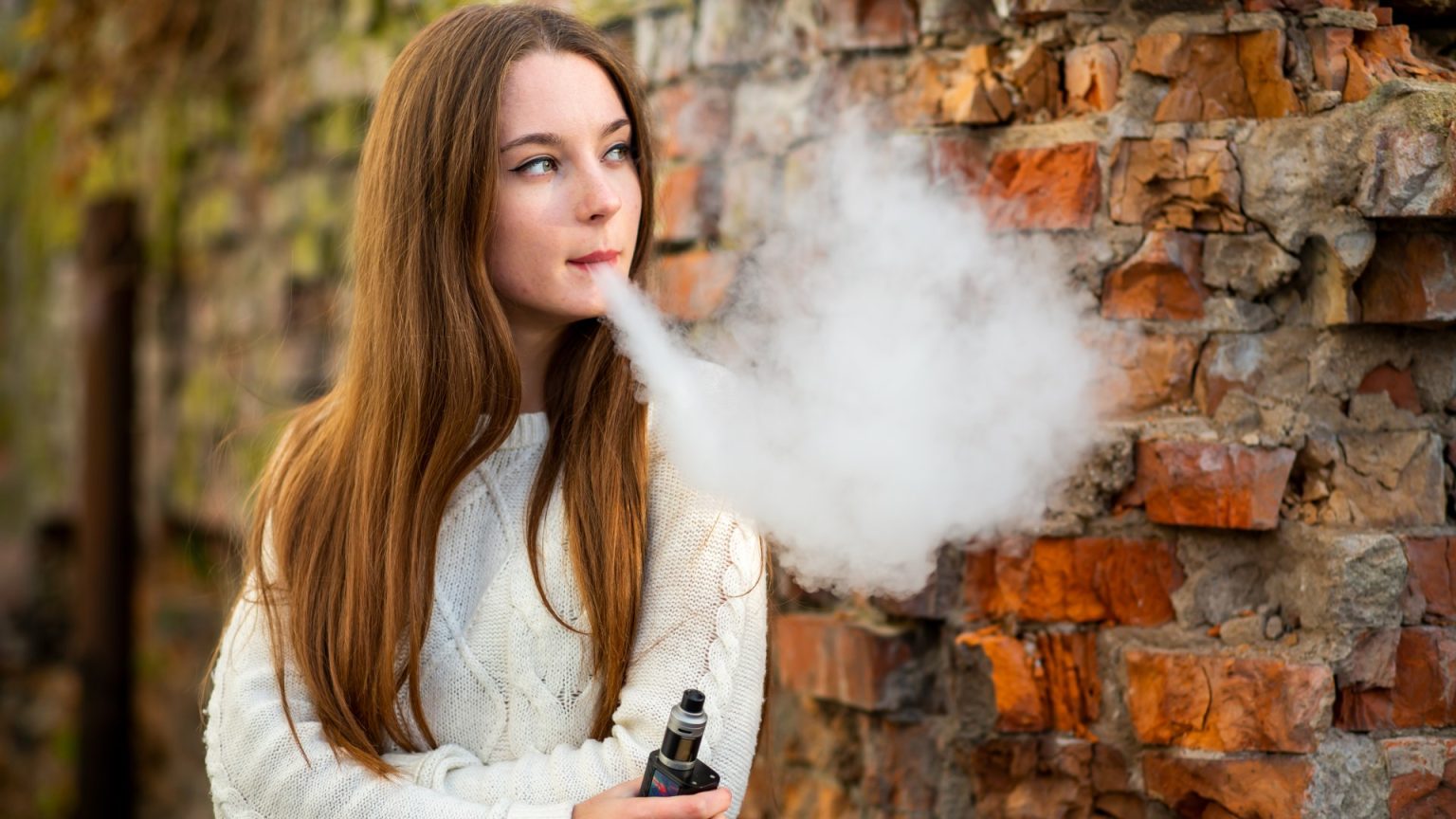Vaping, while touted as a less harmful alternative to traditional cigarettes and a helpful tool for smoking cessation, presents its own set of health risks. Though endorsed by organizations like the NHS for quitting smoking, studies indicate that vaping can contribute to a range of health problems, mirroring some of the dangers associated with cigarettes. These include oral health issues like tooth decay and gum disease, sleep disturbances such as insomnia, reproductive health concerns like fertility issues, and cardiovascular and respiratory problems, including heart disease and collapsed lungs. Therefore, understanding how to break free from nicotine addiction, whether derived from vaping or smoking, is crucial.
Quitting vaping involves a multifaceted approach that addresses both the physical and psychological aspects of addiction. Similar to quitting smoking, the process often involves stages like contemplation, preparation, action, and maintenance. The contemplation phase involves acknowledging the need to quit. Preparation entails choosing strategies and support systems. The action phase marks the actual cessation of vaping and managing withdrawal symptoms. Finally, the maintenance phase focuses on sustaining the vape-free lifestyle and preventing relapse. It’s important to recognize that quitting can be a challenging journey, often requiring multiple attempts.
Practical strategies for quitting vaping include setting a quit date, gradually reducing nicotine strength in e-liquids, implementing new rules to restrict vaping frequency, and understanding the underlying reasons for quitting. Identifying and managing triggers, such as stress, social situations, or specific times of the day, is also crucial. Engaging in physical activity, even short bursts of exercise, can help alleviate cravings and withdrawal symptoms. Seeking support from friends, family, support groups, or professional services can significantly enhance the chances of success.
Building a support network and celebrating milestones can further bolster motivation and reinforce positive behavior change. Sharing the quitting journey with others provides accountability and encouragement. Rewarding oneself for achieving milestones, whether it’s two weeks, six months, or a year without vaping, helps maintain momentum and reinforces the commitment to a healthier lifestyle. Finding alternative ways to occupy the hands and mouth, such as using sugar-free lollipops or stress balls, can also help manage the physical habits associated with vaping.
Nicotine replacement therapy (NRT) can be a valuable tool in managing withdrawal symptoms and reducing cravings. NRT products, such as patches, gums, lozenges, and inhalers, deliver controlled doses of nicotine, helping to alleviate the physical discomfort associated with withdrawal. Consulting with a pharmacist or GP can provide guidance on the appropriate NRT option and dosage. Understanding the timeline of withdrawal symptoms is also helpful in preparing for the challenges ahead. Cravings typically peak around 72 hours after the last vape, often accompanied by irritability, anxiety, and difficulty concentrating. While these symptoms can be unpleasant, they are temporary and not harmful.
While vaping is often presented as a safer alternative to smoking, it is essential to acknowledge the potential health risks associated with it. Vaping can negatively impact oral health, leading to dry mouth, gum disease, tooth decay, and bad breath. It can also cause gastrointestinal issues like nausea, vomiting, and digestive problems. Furthermore, vaping can contribute to skin problems like acne and premature aging. Sleep disturbances, anxiety, and depression are also potential consequences. Beyond these, vaping can have more serious implications for reproductive health, cardiovascular health, and respiratory health. Understanding these risks is vital in making informed decisions about vaping and prioritizing long-term health and well-being. For adolescents, parental support and guidance are particularly important during the quitting process, and consulting a GP can provide tailored advice and support for families navigating this challenge.




